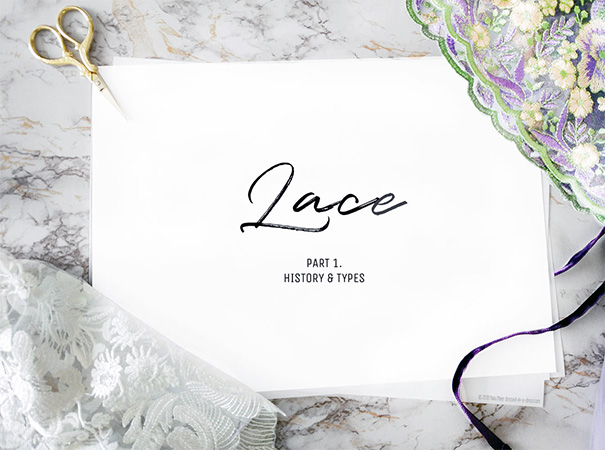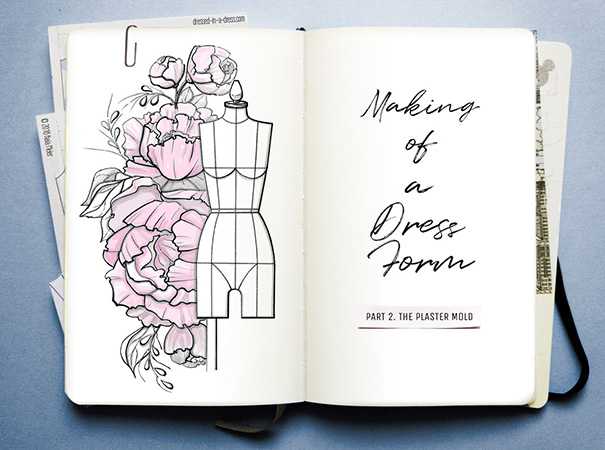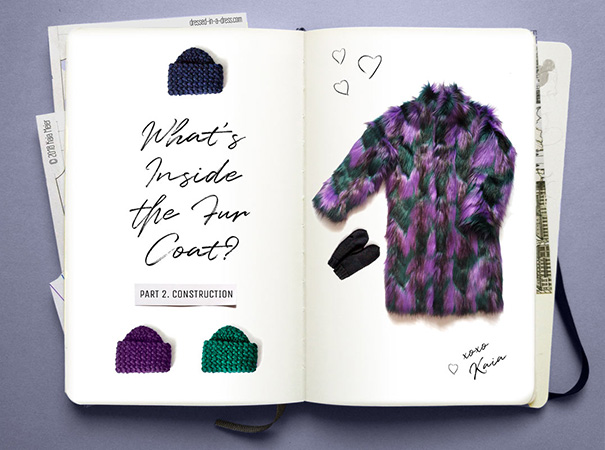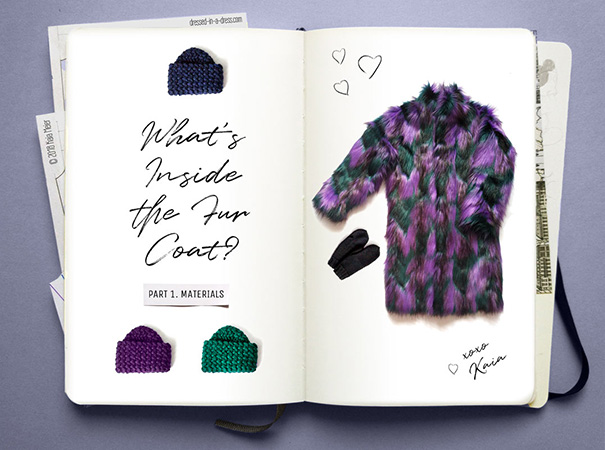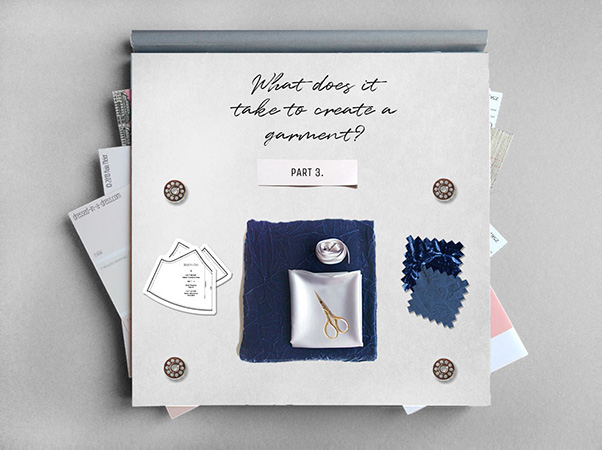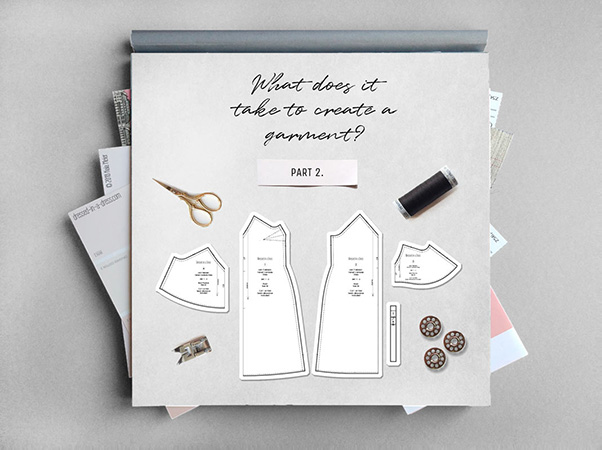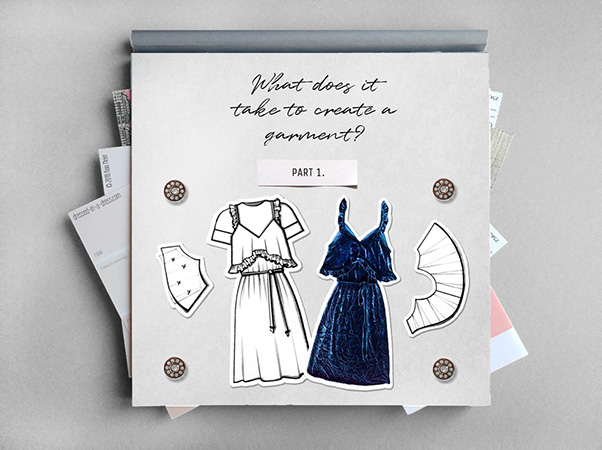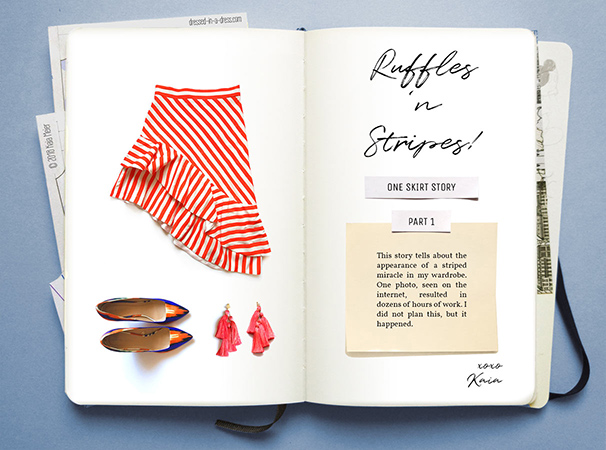Introduction
Every dress starts with an idea. You might see the perfect one in a magazine or you might get lightened with inspiration in a fabric store when you see that silk organza with velvet dots. But one cannot sew a dress without a pattern, right? It is not that complicated, as it seams. And I'm here to help. So why not learn to make one?


